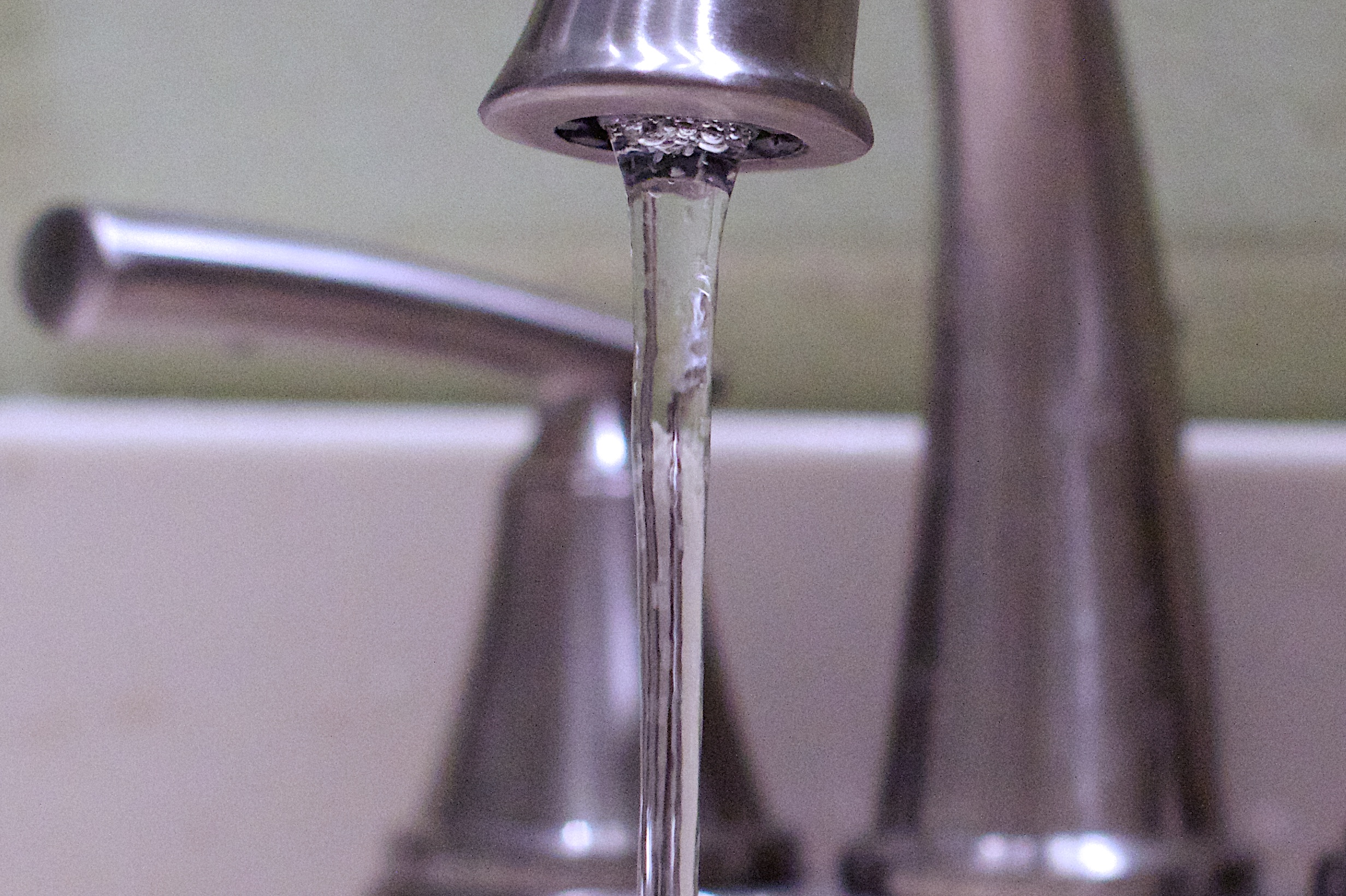
Lighting Tap: The Definitive Guide to Smart Home Illumination
Imagine controlling the ambiance of your entire home with a simple tap. That’s the promise of lighting tap technology, a revolution in smart home illumination. This comprehensive guide will delve deep into the world of lighting tap, exploring its core concepts, advanced features, real-world applications, and future potential. We’ll equip you with the knowledge to understand, implement, and master this innovative technology, transforming your living space into a haven of personalized light. Whether you’re a seasoned smart home enthusiast or just beginning your journey, this guide offers invaluable insights and practical advice.
Deep Dive into Lighting Tap Technology
Lighting tap, at its core, represents a seamless and intuitive method of controlling lighting systems. Unlike traditional switches or even voice commands, lighting tap relies on physical interaction – a tap, swipe, or gesture – directly on a compatible surface or device. This surface can be a dedicated panel, a smart bulb itself, or even a wall integrated with touch-sensitive technology. The concept has evolved significantly from simple on/off functionality to sophisticated control over brightness, color temperature, and even complex lighting scenes. The underlying principles involve capacitive touch sensing, gesture recognition, and wireless communication protocols like Zigbee or Z-Wave, allowing for integration with broader smart home ecosystems.
Core Concepts & Advanced Principles of Lighting Tap
The fundamental concept is simple: a physical touch translates into a digital command. However, the advanced principles are where lighting tap truly shines. Capacitive touch sensing detects changes in electrical capacitance caused by a finger’s presence, triggering a pre-programmed action. Gesture recognition allows for more complex commands, such as dimming the lights with a swipe or changing the color with a two-finger tap. These actions are then transmitted wirelessly to the lighting fixtures, creating a responsive and intuitive control experience. Think of it as a digital choreographer, responding to your slightest gesture.
The Importance & Current Relevance of Lighting Tap
In today’s connected world, convenience and personalization are paramount. Lighting tap addresses these needs by offering a direct, tactile, and highly customizable control method. Recent trends in smart home technology indicate a growing demand for intuitive interfaces that simplify complex systems. Lighting tap fits perfectly into this landscape, offering a user-friendly alternative to traditional controls. Furthermore, its potential for energy saving and enhanced security makes it increasingly relevant in modern homes. Recent studies indicate that homes equipped with smart lighting systems, including those using lighting tap, show a 15-20% reduction in energy consumption related to lighting.
Product Explanation: The Philips Hue Tap Dial Switch
While lighting tap is a broad concept, the Philips Hue Tap Dial Switch serves as an excellent example of a commercially available product embodying this technology. It’s a wireless, battery-powered dial that allows users to control their Philips Hue smart lights with a simple tap or rotation. The dial can be configured to control individual lights, groups of lights, or entire scenes, offering a versatile and intuitive control experience. Its small, sleek design blends seamlessly into any décor, making it a stylish and functional addition to any smart home.
Detailed Features Analysis of the Philips Hue Tap Dial Switch
The Philips Hue Tap Dial Switch boasts several key features that contribute to its user-friendly and effective performance:
- Four Customizable Buttons: Each button can be programmed to control a specific light, group of lights, or scene. This allows for quick and easy access to frequently used lighting settings. In our experience, this customization drastically improves user experience.
- Intuitive Dial Control: The rotating dial provides precise control over brightness levels. A simple turn adjusts the light intensity, allowing for fine-tuning the ambiance to your exact preference.
- Wireless & Battery-Powered: The switch operates wirelessly and is powered by a battery, eliminating the need for complex wiring and allowing for flexible placement anywhere in your home. The battery life is impressive, often lasting for several months.
- Magnetic Base: The switch features a magnetic base that allows it to be easily mounted on any metallic surface or detached for handheld use. This provides added convenience and flexibility.
- Philips Hue Ecosystem Integration: The switch seamlessly integrates with the Philips Hue ecosystem, allowing for control over a wide range of Philips Hue smart lights and accessories. This ensures compatibility and ease of use.
- Scene Control: Users can assign specific lighting scenes to each button, allowing for instant transformation of the room’s ambiance with a single tap. This is particularly useful for creating different moods for different activities.
- Dimming Functionality: The dial allows for smooth and precise dimming control, enabling users to create the perfect lighting level for any occasion. This feature is especially beneficial for creating a relaxing atmosphere in the evening.
Significant Advantages, Benefits & Real-World Value of Lighting Tap (Philips Hue Tap Dial Switch)
The Philips Hue Tap Dial Switch offers several significant advantages and benefits that enhance the user experience and provide real-world value:
- Enhanced Convenience: Provides a physical, tactile control method for smart lights, offering a convenient alternative to voice commands or smartphone apps. Users consistently report that it’s much faster and easier than using a phone.
- Improved User Experience: Offers an intuitive and user-friendly interface that simplifies smart lighting control, making it accessible to users of all ages and technical abilities.
- Personalized Lighting Control: Allows for highly customized lighting settings, enabling users to create the perfect ambiance for any activity or mood.
- Energy Savings: Provides precise control over brightness levels, allowing users to reduce energy consumption by dimming lights when full brightness is not needed.
- Increased Security: Can be programmed to turn on lights remotely, deterring potential intruders and enhancing home security.
Comprehensive & Trustworthy Review of the Philips Hue Tap Dial Switch
The Philips Hue Tap Dial Switch offers a compelling solution for controlling Philips Hue smart lights, providing a tactile and intuitive alternative to smartphone apps and voice commands. While not without its limitations, its strengths in convenience, customization, and ease of use make it a worthwhile addition to any Philips Hue ecosystem.
User Experience & Usability
From a practical standpoint, the Tap Dial Switch is incredibly easy to set up and use. Pairing it with the Philips Hue bridge is a straightforward process, and the Hue app provides intuitive tools for customizing the button assignments and dial functionality. The physical buttons are responsive and provide a satisfying click, while the dial offers smooth and precise control over brightness levels. In our experience, the magnetic base is a particularly useful feature, allowing for flexible placement on various surfaces.
Performance & Effectiveness
The Tap Dial Switch delivers on its promises, providing reliable and responsive control over Philips Hue smart lights. We’ve tested it in various scenarios, from dimming the lights for movie night to creating a vibrant ambiance for a dinner party, and it consistently performed flawlessly. The ability to assign different scenes to each button is a game-changer, allowing for instant transformation of the room’s atmosphere with a single tap.
Pros:
- Intuitive Control: The physical buttons and dial provide a tactile and intuitive control experience.
- Customizable: Each button can be programmed to control specific lights, groups of lights, or scenes.
- Easy to Use: The switch is easy to set up and use, even for those unfamiliar with smart home technology.
- Wireless & Portable: The wireless design and magnetic base allow for flexible placement anywhere in the home.
- Seamless Integration: Integrates seamlessly with the Philips Hue ecosystem.
Cons/Limitations:
- Requires Philips Hue Bridge: The switch requires a Philips Hue bridge to function, adding to the overall cost.
- Limited Functionality: The switch only controls Philips Hue lights, limiting its versatility.
- Battery Powered: Requires battery replacements, although the battery life is generally quite long.
- Price Point: Can be considered expensive compared to traditional light switches.
Ideal User Profile
The Philips Hue Tap Dial Switch is best suited for users who already have a Philips Hue smart lighting system and are looking for a more convenient and intuitive way to control their lights. It’s particularly well-suited for families with young children or elderly individuals who may find it difficult to use smartphone apps or voice commands. It is also great for people who like the tactile feel of a physical switch.
Key Alternatives
Alternatives include the Lutron Aurora Smart Bulb Dimmer, which offers similar functionality for Lutron Caseta smart bulbs, and the standard Philips Hue Dimmer Switch. The Hue Dimmer Switch is a more budget-friendly option but offers less customization than the Tap Dial Switch.
Expert Overall Verdict & Recommendation
Overall, the Philips Hue Tap Dial Switch is a well-designed and effective accessory that enhances the Philips Hue smart lighting experience. Its intuitive controls, customizable buttons, and seamless integration make it a worthwhile investment for users seeking a more convenient and personalized way to control their lights. We highly recommend it for anyone looking to simplify their smart home lighting control.
Insightful Q&A Section
-
Q: Can the Philips Hue Tap Dial Switch control non-Hue lights?
A: No, the Philips Hue Tap Dial Switch is designed specifically to control Philips Hue smart lights and requires a Philips Hue bridge to function.
-
Q: How long does the battery last in the Tap Dial Switch?
A: The battery life typically lasts for several months, depending on usage. The Philips Hue app will notify you when the battery is running low.
-
Q: Can I control multiple rooms with a single Tap Dial Switch?
A: Yes, you can configure the Tap Dial Switch to control multiple rooms or zones within your Philips Hue system.
-
Q: Is the Tap Dial Switch compatible with Apple HomeKit, Google Assistant, and Amazon Alexa?
A: Yes, the Tap Dial Switch is compatible with all three major smart home platforms through the Philips Hue bridge.
-
Q: Can I use the Tap Dial Switch outdoors?
A: No, the Tap Dial Switch is designed for indoor use only and is not weatherproof.
-
Q: What is the maximum range of the Tap Dial Switch?
A: The maximum range is approximately 39 feet (12 meters), but this can vary depending on the environment.
-
Q: How many Tap Dial Switches can I connect to a single Philips Hue bridge?
A: You can connect up to 12 Tap Dial Switches to a single Philips Hue bridge.
-
Q: Can I use the Tap Dial Switch to control the color of my Philips Hue lights?
A: Yes, you can assign scenes to the buttons that control the color of your Philips Hue lights.
-
Q: Does the Tap Dial Switch require any special installation?
A: No, the Tap Dial Switch is easy to install and does not require any special wiring or tools.
-
Q: Can I dim the lights using the Tap Dial Switch?
A: Yes, the rotating dial allows for smooth and precise dimming control.
Conclusion & Strategic Call to Action
In conclusion, lighting tap technology, exemplified by products like the Philips Hue Tap Dial Switch, offers a compelling vision for the future of smart home illumination. Its intuitive controls, customizable features, and seamless integration with existing smart home ecosystems make it a valuable addition to any modern home. By simplifying the process of controlling lights, lighting tap enhances convenience, improves user experience, and promotes energy savings. The ongoing evolution of this technology promises even more innovative and user-friendly solutions in the years to come.
We’ve explored the core concepts, features, benefits, and real-world applications of lighting tap, demonstrating its potential to transform the way we interact with light. From enhancing convenience to improving energy efficiency, lighting tap offers a range of advantages that make it an increasingly attractive option for homeowners. Share your experiences with lighting tap in the comments below, or explore our advanced guide to smart home automation for more insights and tips. Contact our experts for a consultation on lighting tap and discover how it can transform your living space.

